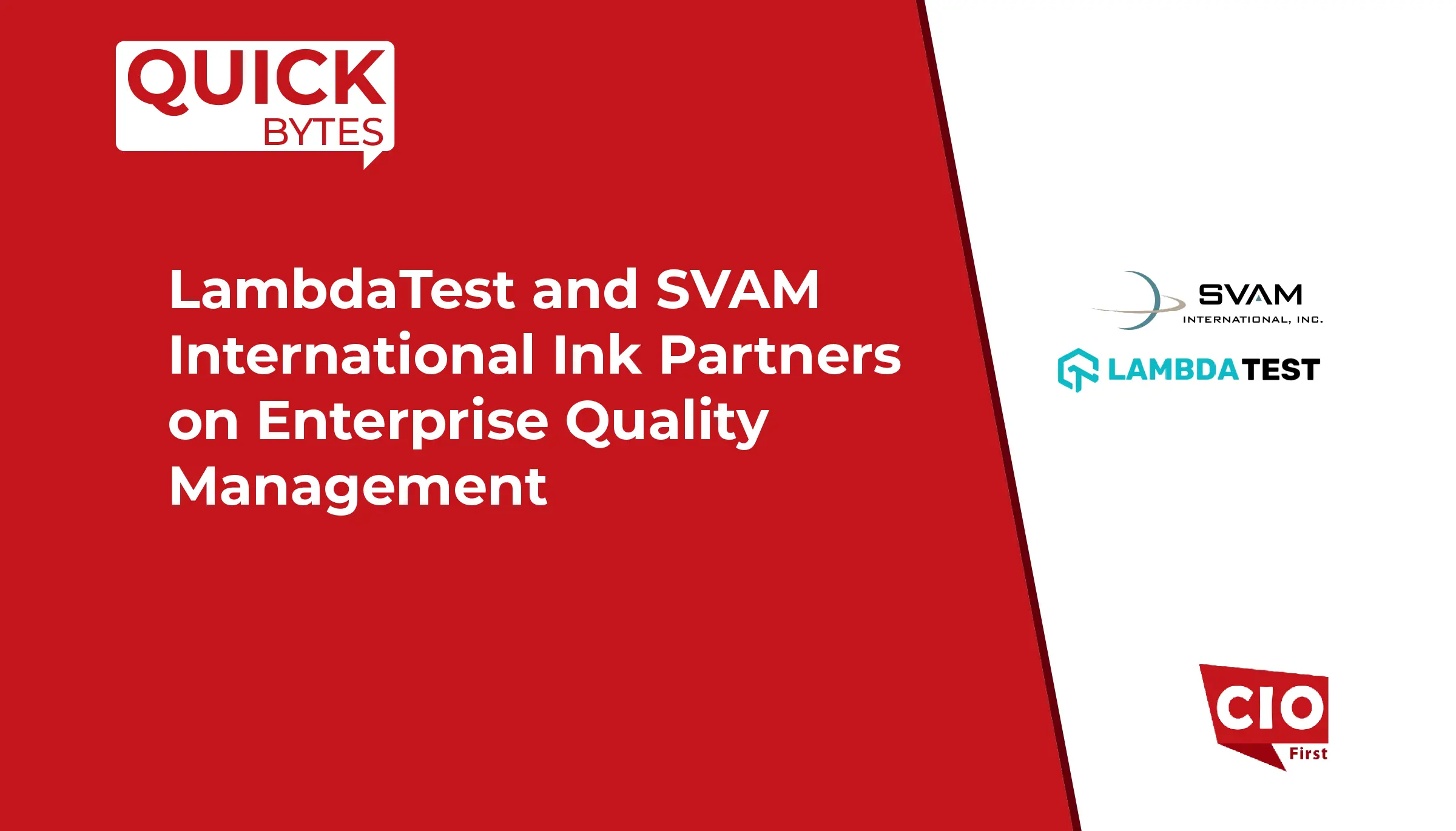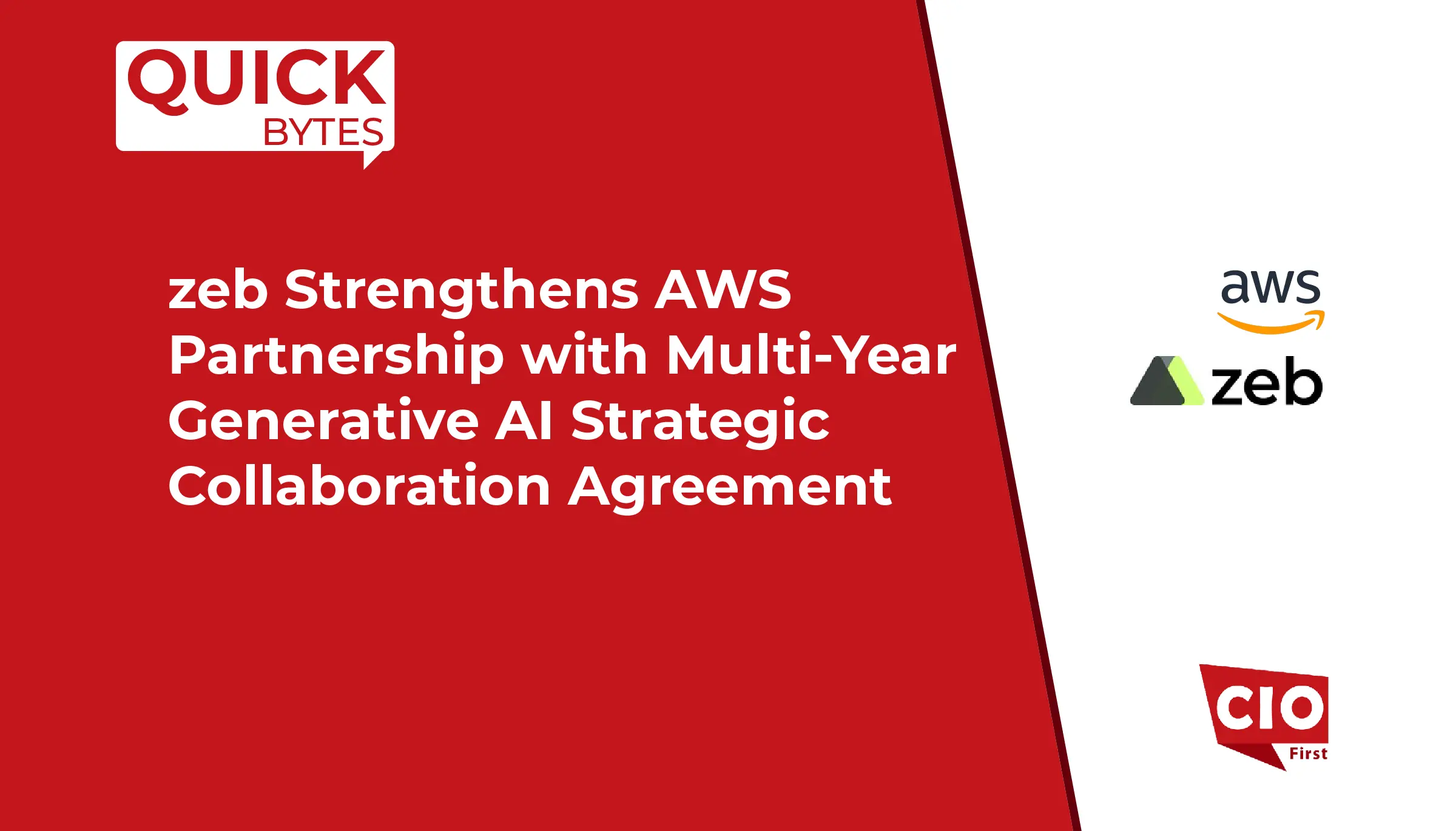Enterprises today gather valuable data from various sources that they never utilize, that could finally end up being dark data in the internal data landscape.
The fourth industrial revolution and the rapid proliferation of big data have enabled businesses to generate a large amount of data. It resulted in a paradigm shift of data as a competitive edge driving asset to a crucial asset for business intelligence. Moreover, many data integration industry veterans consider dark data as a crucial asset as it can be a game changer for enterprises that have embraced the digital-first culture.
An effective dark data analytics strategy will help businesses to gain a competitive edge by adopting an innovation-first approach, enhancing customer experience, and optimizing business expenditure.
CIOs should consider developing robust workflows to make the most out of dark data because it is a very critical business asset that could be an overwhelming tool for enterprises to manage.
Here are a few ways that businesses can leverage dark data into their work processes to improve efficiency:
Exploring the opaque data landscapes
Dark data is usually the data that enterprises generate but do not have any visibility into it. Such data is a result of a big silo or a byproduct of some other process. Moreover, this type of information can be identified, but it needs polishing to spot all the actionable insights hidden in it. CIOs should consider evaluating the IT expenditures to spot all data storage high expenditures. Businesses have shed a substantial amount of their finances to store data over the years. The areas that have high storage costs are usually the locations where dark data is stored. Moreover, data scientists need to analyze their metadata and set robust data governance policies to identify all the silos in the dark data landscape.
Enterprises that lack data governance policies can leverage such data to implement policies quickly. Developing a data catalog to streamline data exploration approaches will help to spot dark data with ease. DataOps teams can determine and enforce robust data catalog standards to enable enterprises to build categories and add them to the catalog. IT decision-makers need to implement robust tools into their enterprise tech stack to seamlessly create data orchestration pipelines to gather and aggregate dark data silos.
Upgrading the enterprise tech stack
There are many technology vendors in the market that help business to gain valuable insights from their dark data. The data landscapes today are evolving into complex frameworks that need intelligent data tools to streamline the information management process. Implementing a robust data intelligence solution will assist enterprises in simplifying the complex data architecture. Businesses should adopt advanced analytics tools to overcome the data quality challenges to separate them from the noise.
Also Read: Four Essential Skills Every DevOps Engineer Must Possess
Data Ops teams can embrace cloud-based data ingestion and storage tools that allow them to ingest data in real-time. It is one of the most effective ways to deliver information in a context to help businesses to make strategic decisions quickly. Simply storing dark data will add to the business expenditures and will deliver results.
Organizations can adopt advanced data warehouse cloud solutions that enable them to connect data across various clouds and servers. Top data analytics and exploration tools are a perfect way to spot the dark data and yield actionable insights from it to improve the business decision-making capabilities. Integrating business process intelligence tools into the IT infrastructure will evaluate the end-to-end workflows to spot the bottlenecks to improve efficiency and deliver better experiences.

























